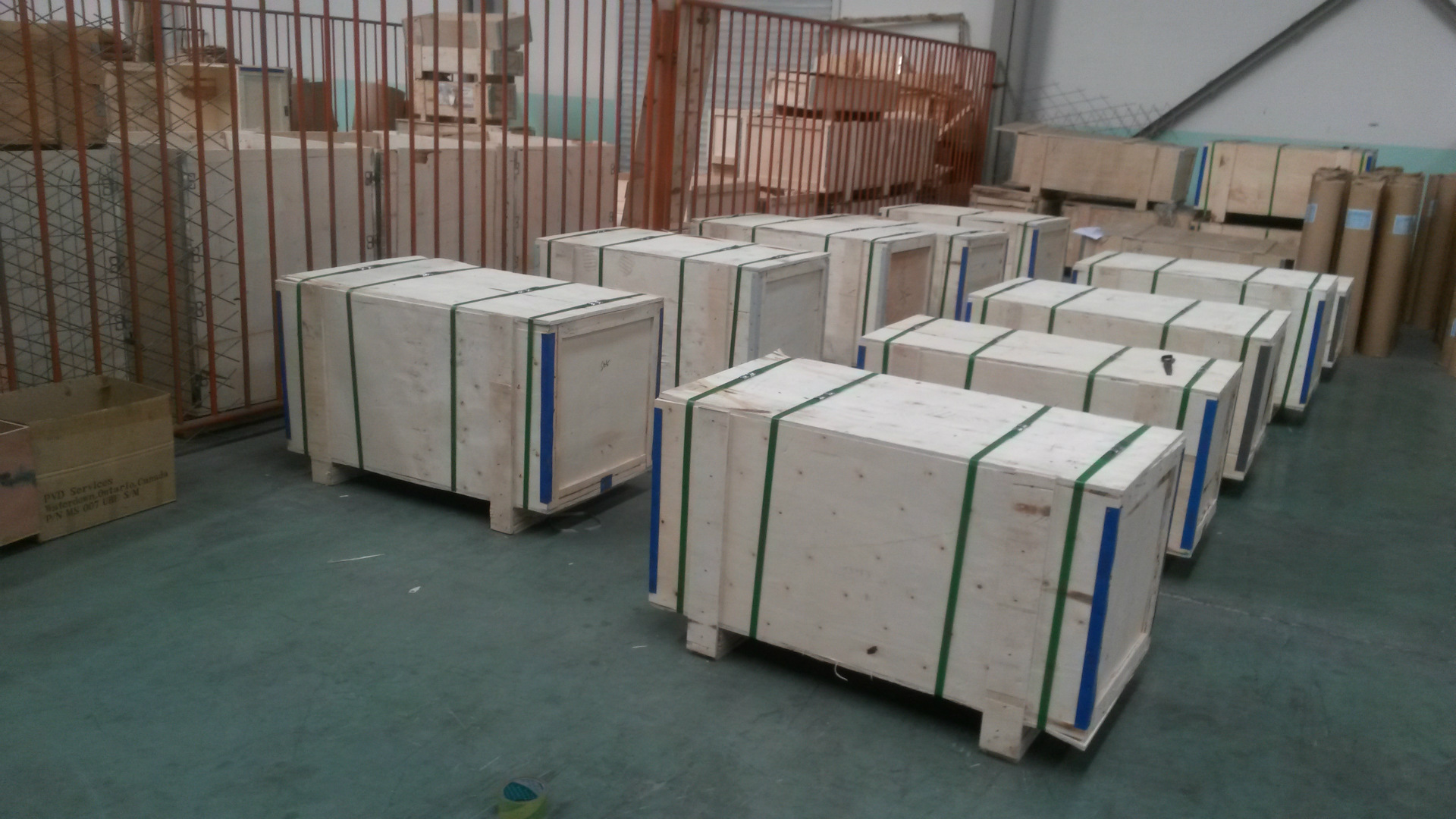Effective Strategies for Utilizing Evaporative Cooling Pads in Greenhouse Environments for Optimal Plant Growth
Jul . 29, 2024 16:55 Back to list
Effective Strategies for Utilizing Evaporative Cooling Pads in Greenhouse Environments for Optimal Plant Growth
The Benefits of Evaporative Cooling Pads for Greenhouses
As global temperatures continue to rise, the need for efficient cooling systems in greenhouses becomes increasingly critical. One of the most effective methods for maintaining optimal temperatures within these controlled environments is the use of evaporative cooling pads. These pads not only enhance plant growth but also contribute to energy savings and environmental sustainability.
How Evaporative Cooling Pads Work
Evaporative cooling pads function on a simple yet effective principle when water evaporates, it absorbs heat from the surrounding air, thus lowering the air temperature. The pads are usually made from materials like cellulose or synthetic fibers, which are designed to maximize water absorption and facilitate even distribution of moisture. As hot air from the greenhouse is drawn through these wet pads, it cools down significantly before being circulated back into the environment. This process not only cools the air but also increases humidity levels, which are often beneficial for plant health.
Advantages of Using Evaporative Cooling Pads
1. Energy Efficiency Traditional air conditioning systems consume a significant amount of energy, contributing to high operational costs. In contrast, evaporative cooling is much more energy-efficient. The systems require less electricity, as they primarily rely on water and a fan for operation, making them a cost-effective solution for climate control.
2. Improved Plant Growth Maintaining an ideal temperature and humidity level is crucial for plant growth. Evaporative cooling pads help create a stable environment, reducing heat stress on plants. When plants are kept within their optimal temperature range, they tend to grow faster and healthier, resulting in improved yields and better quality produce.
evaporative cooling pad for greenhouse

3. Low Environmental Impact As society becomes more conscious of its carbon footprint, evaporative cooling pads present a more sustainable alternative to conventional cooling methods. By using water as the primary means of cooling, these systems minimize reliance on fossil fuels and reduce greenhouse gas emissions.
4. Cost-Effectiveness The initial investment in evaporative cooling systems can be quite reasonable, especially when compared to the installation of conventional HVAC systems. Additionally, the long-term savings on energy bills can quickly offset the initial costs, making them an economically sound choice for greenhouse operators.
5. Flexibility in Application Evaporative cooling pads can be used in various types of greenhouses, from small hobbyist setups to large commercial operations. Their adaptability allows growers to customize the cooling system according to their specific needs, ensuring that all types of plants receive adequate care.
6. Low Maintenance Unlike complex air conditioning setups, evaporative cooling pads require minimal maintenance. Regular water checks and occasional cleaning are usually sufficient to keep the system running efficiently, making it a hassle-free option for greenhouse owners.
Conclusion
In conclusion, evaporative cooling pads represent a revolutionary approach to temperature management in greenhouses. By leveraging the natural process of evaporation, these systems provide a range of benefits, including enhanced energy efficiency, improved plant growth, and a lower environmental impact. As the agricultural industry continues to evolve in response to climate change, incorporating evaporative cooling technologies can pave the way for more sustainable and cost-effective greenhouse operations. For any grower looking to optimize their greenhouse environment, investing in evaporative cooling pads is a wise and forward-thinking choice.
-
Hot Sale 24 & 18 Door Rabbit Cages - Premium Breeding Solutions
NewsJul.25,2025
-
Automatic Feeding Line System Pan Feeder Nipple Drinker - Anping County Yize Metal Products Co., Ltd.
NewsJul.21,2025
-
Automatic Feeding Line System Pan Feeder Nipple Drinker - Anping County Yize Metal Products Co., Ltd.
NewsJul.21,2025
-
Automatic Feeding Line System - Anping Yize | Precision & Nipple
NewsJul.21,2025
-
Automatic Feeding Line System - Anping Yize | Precision & Nipple
NewsJul.21,2025
-
Automatic Feeding Line System-Anping County Yize Metal Products Co., Ltd.|Efficient Feed Distribution&Customized Animal Farming Solutions
NewsJul.21,2025






